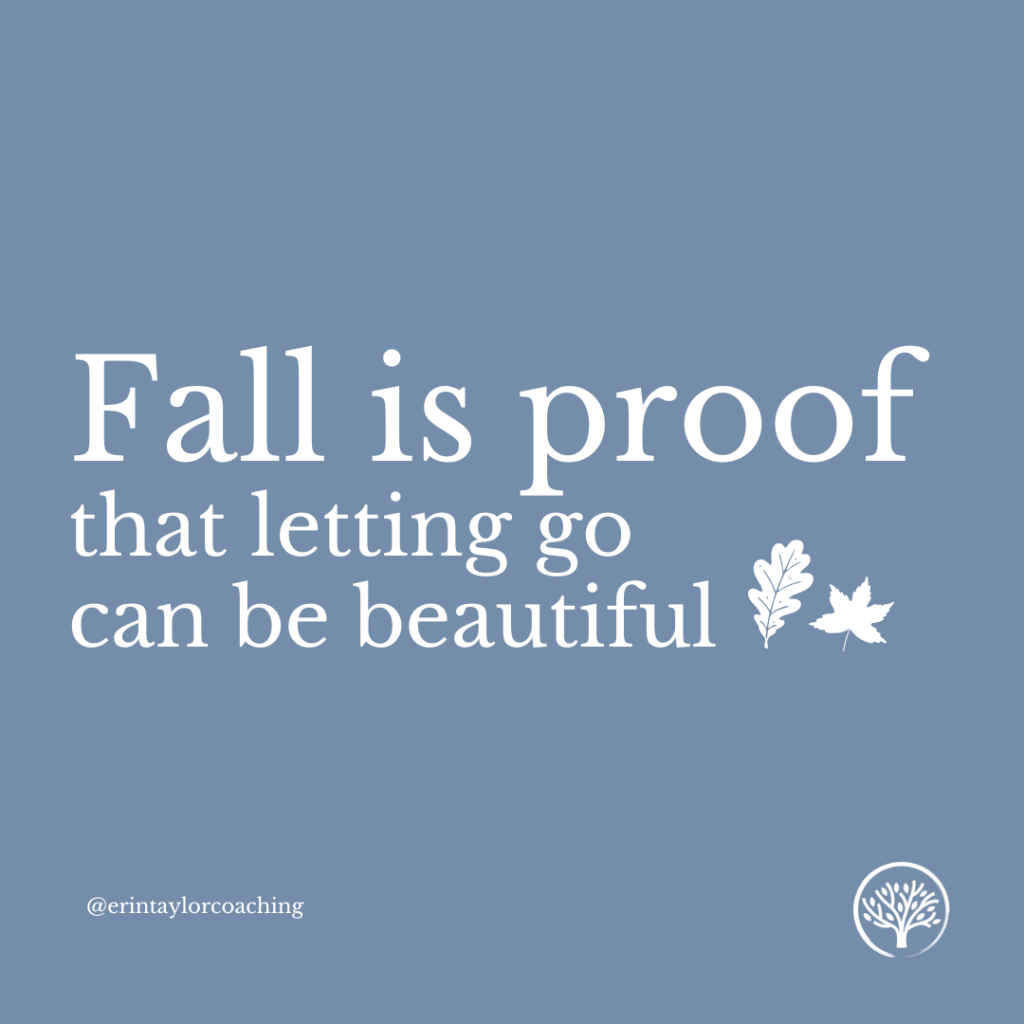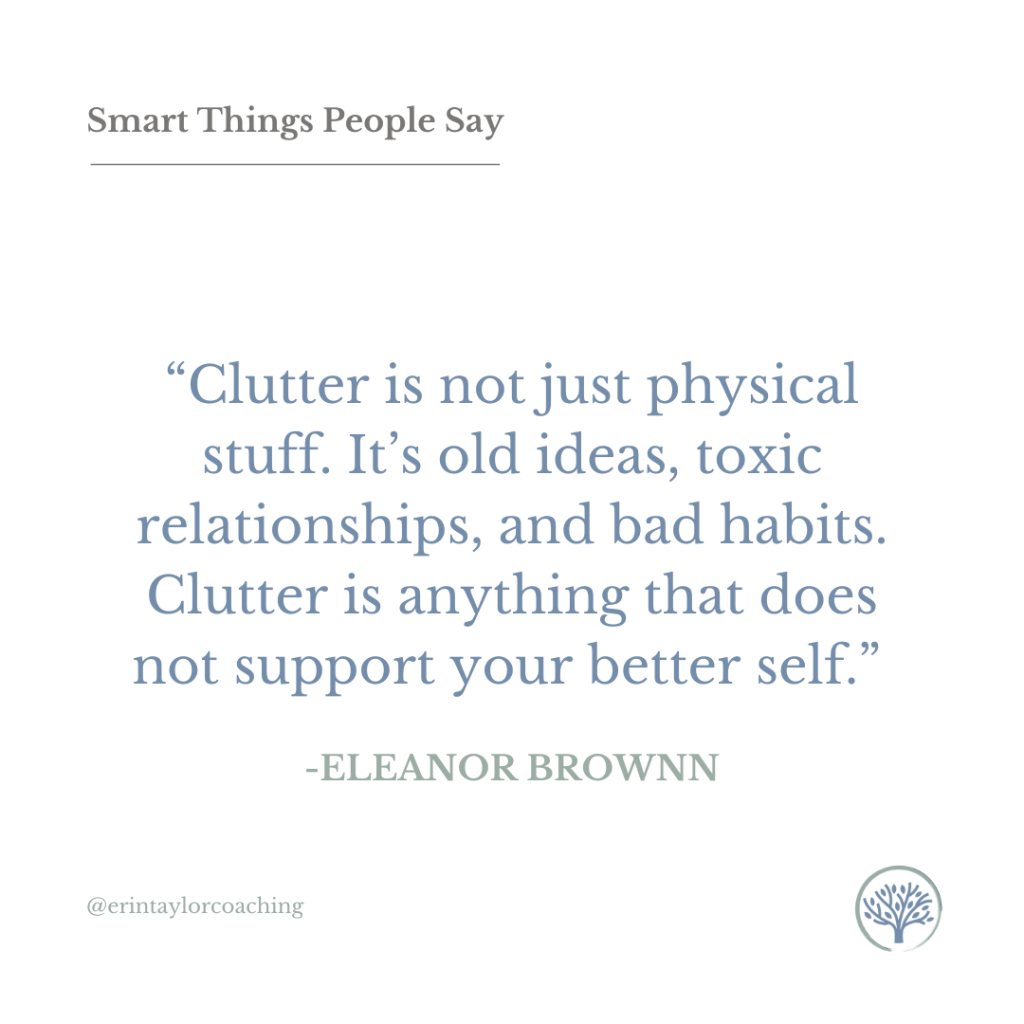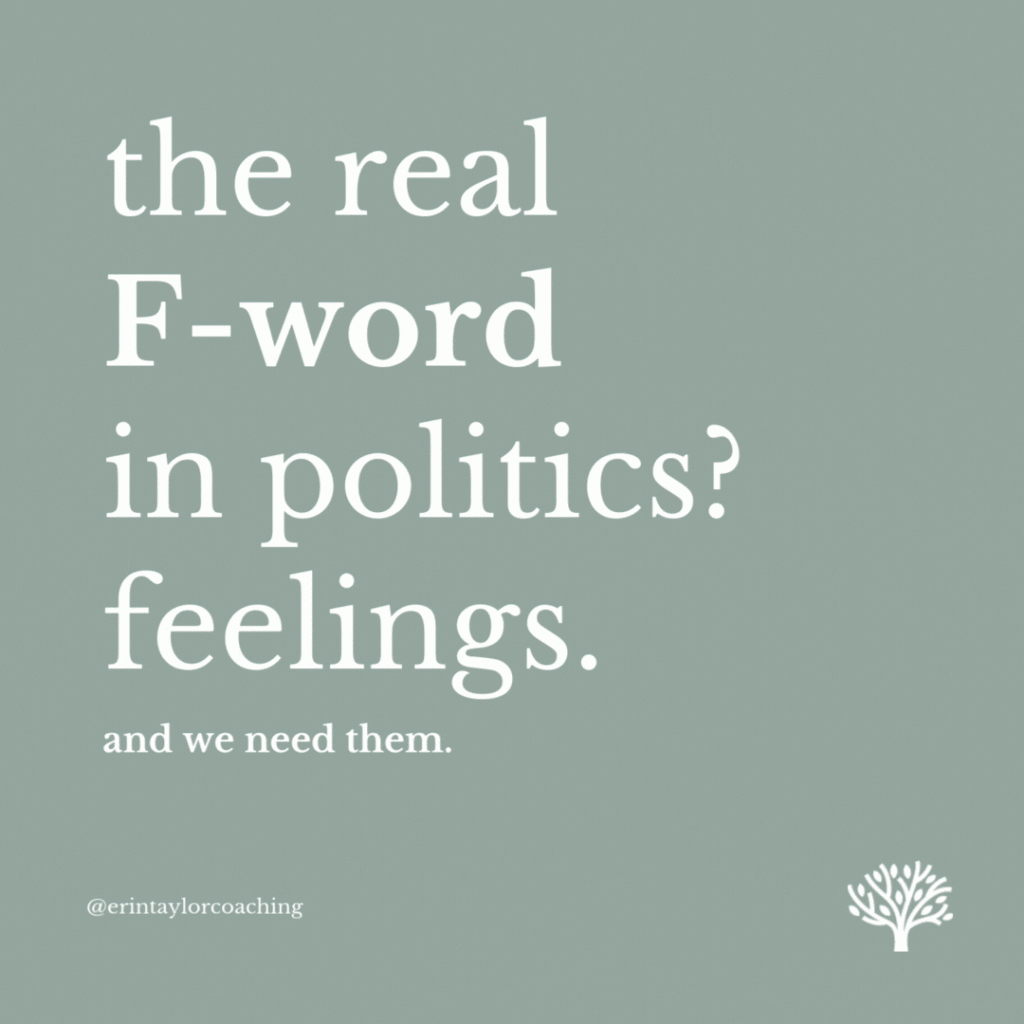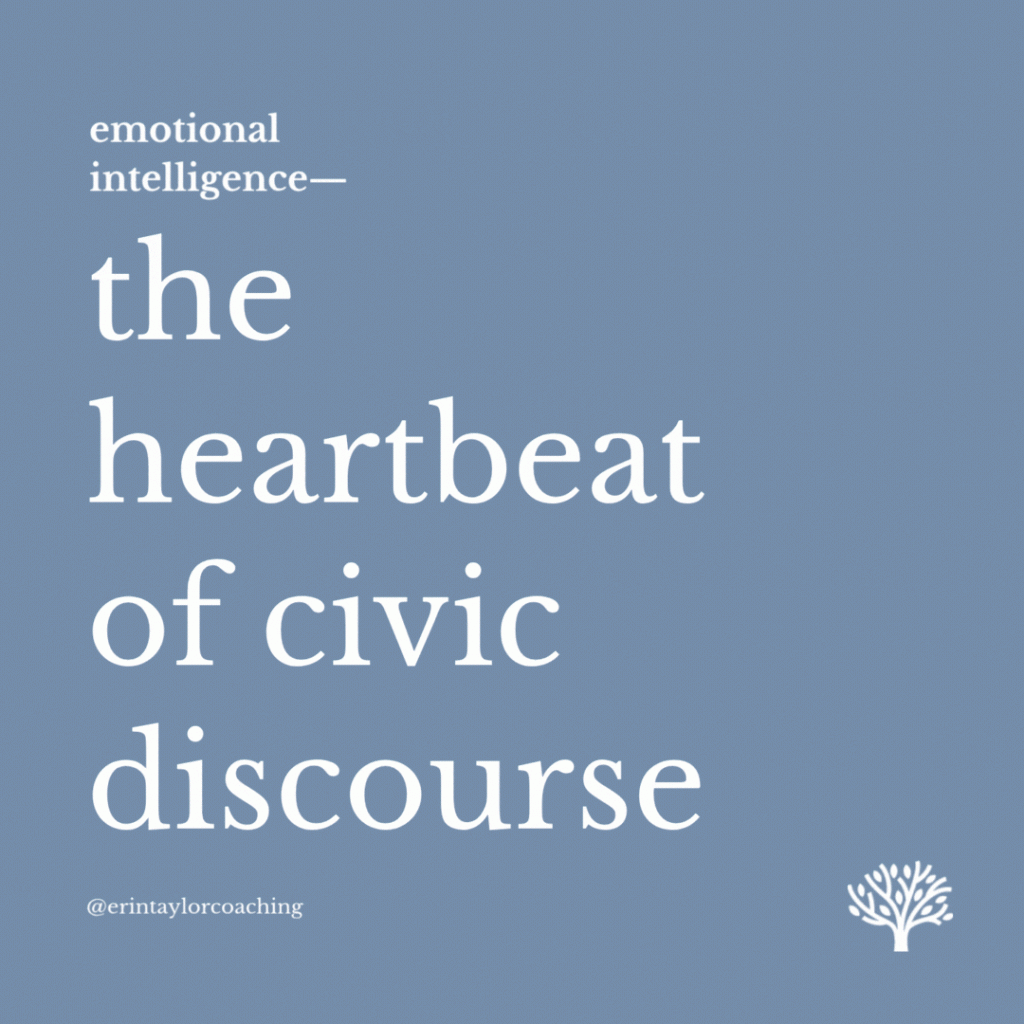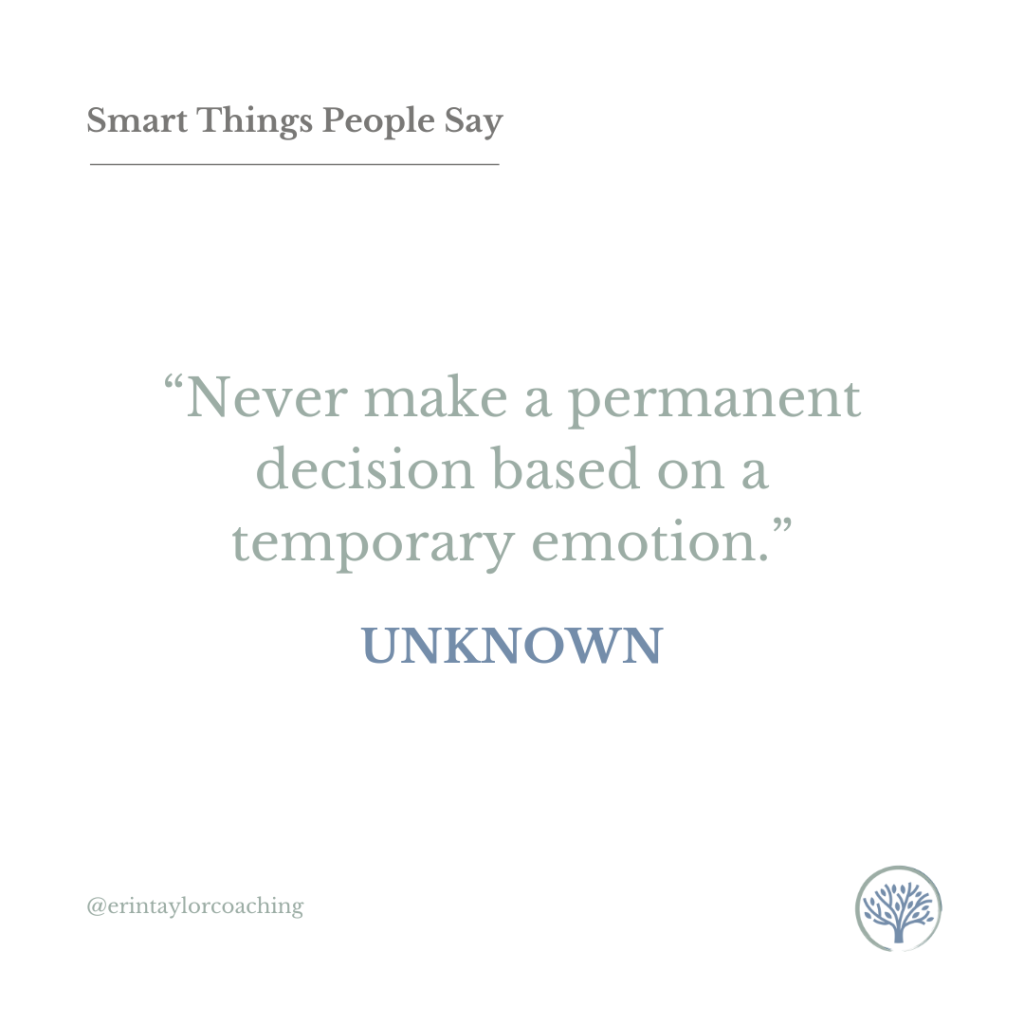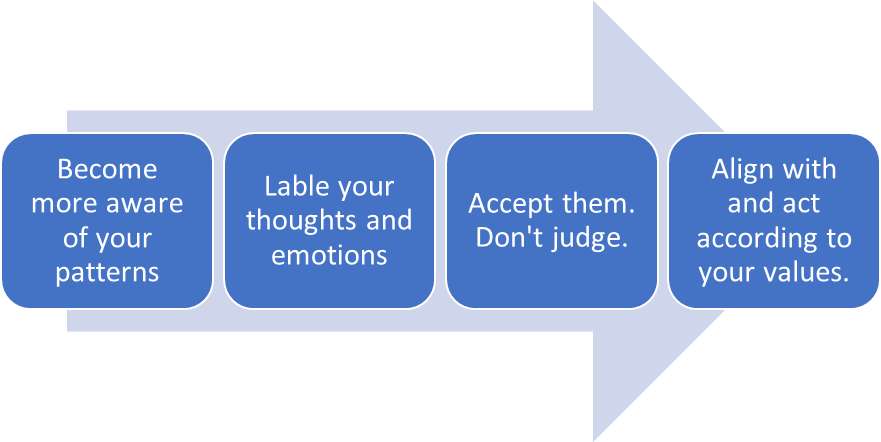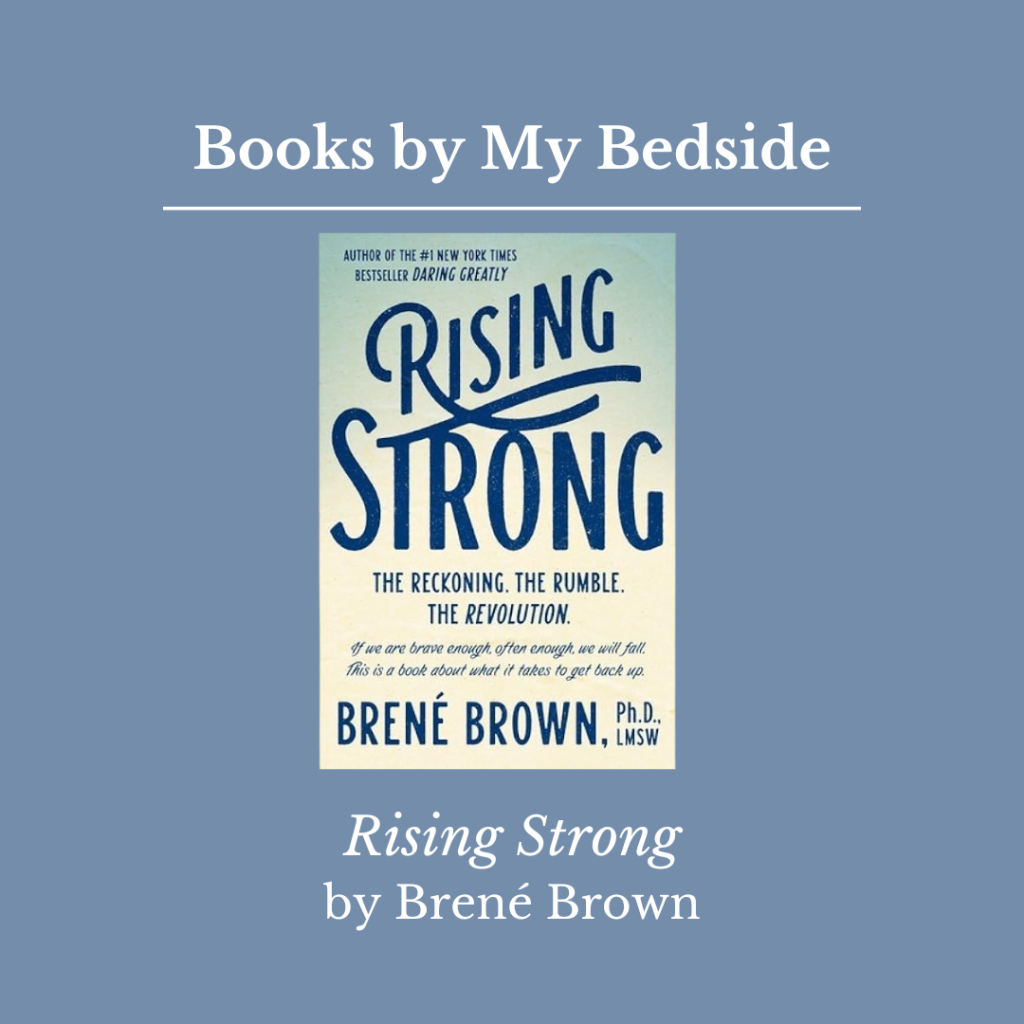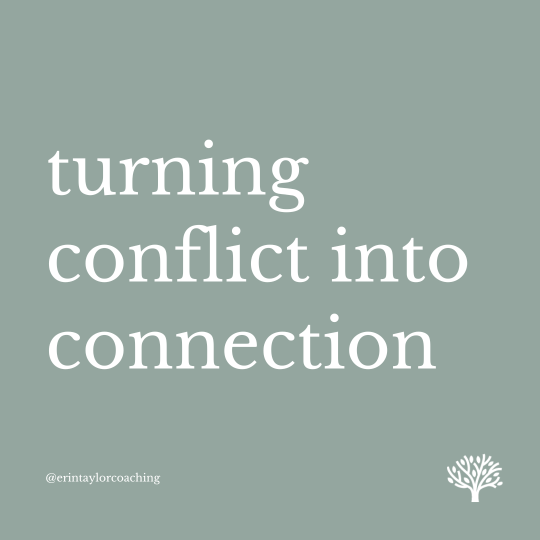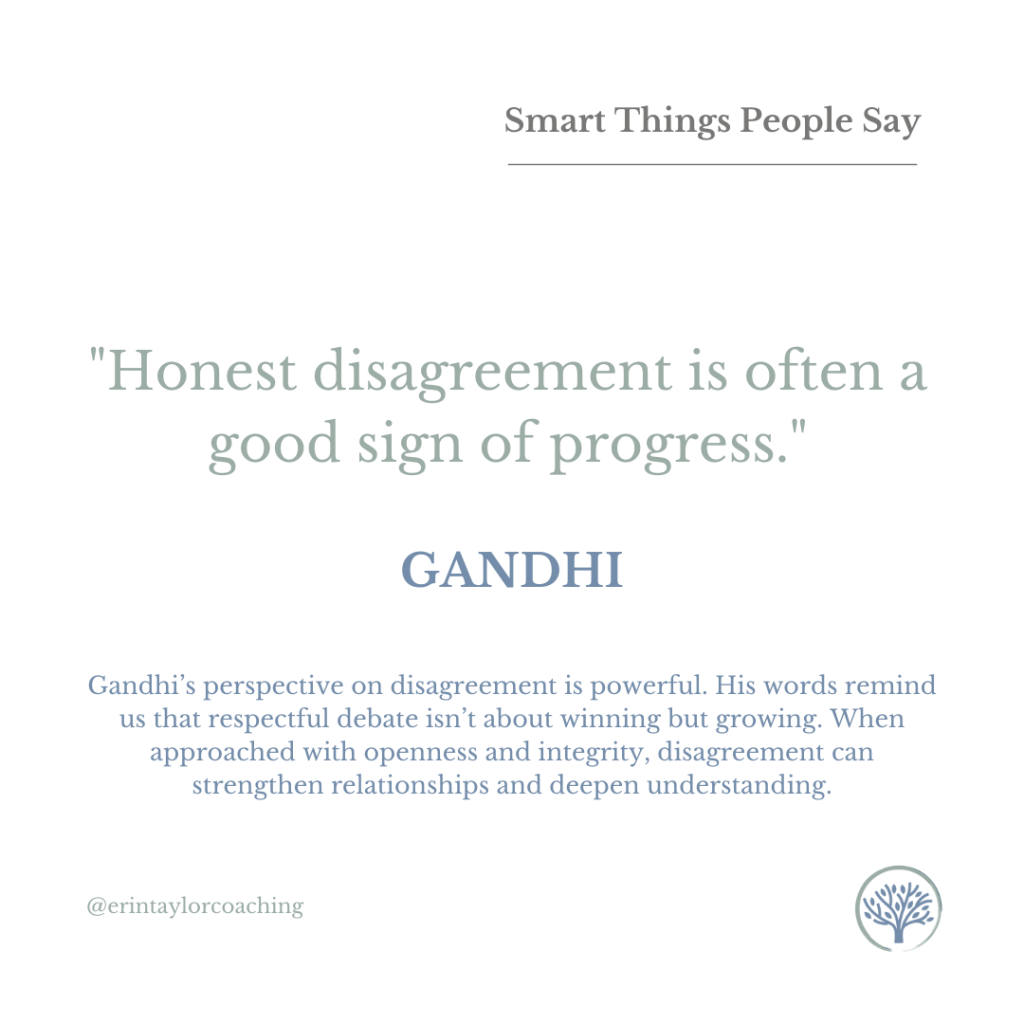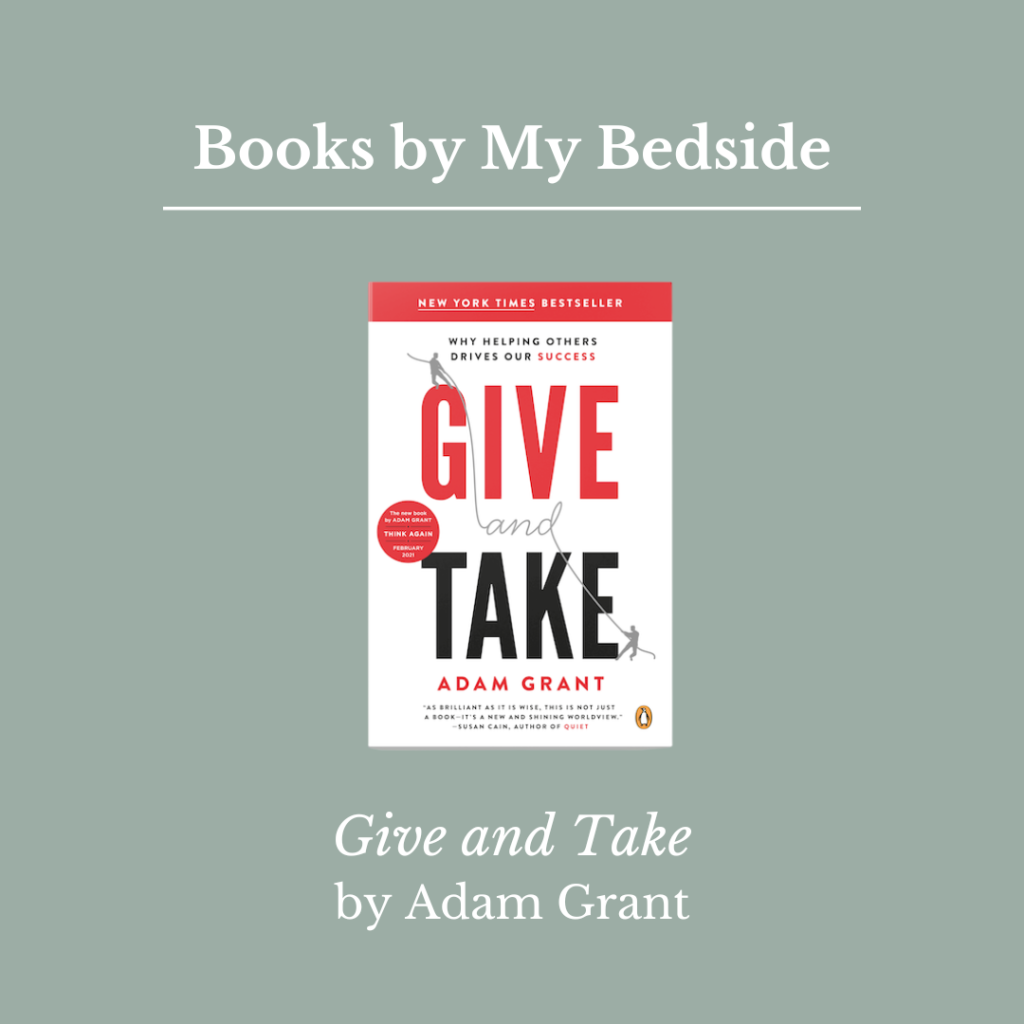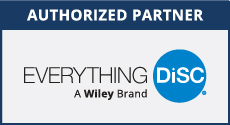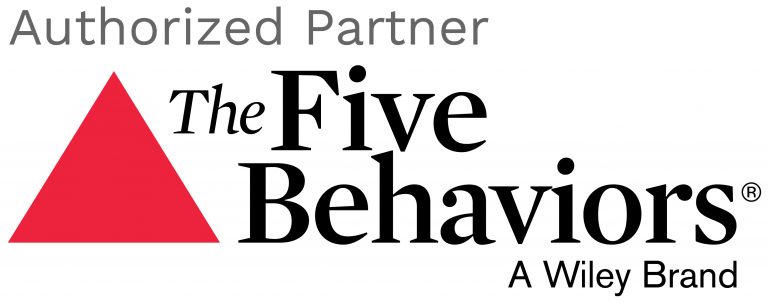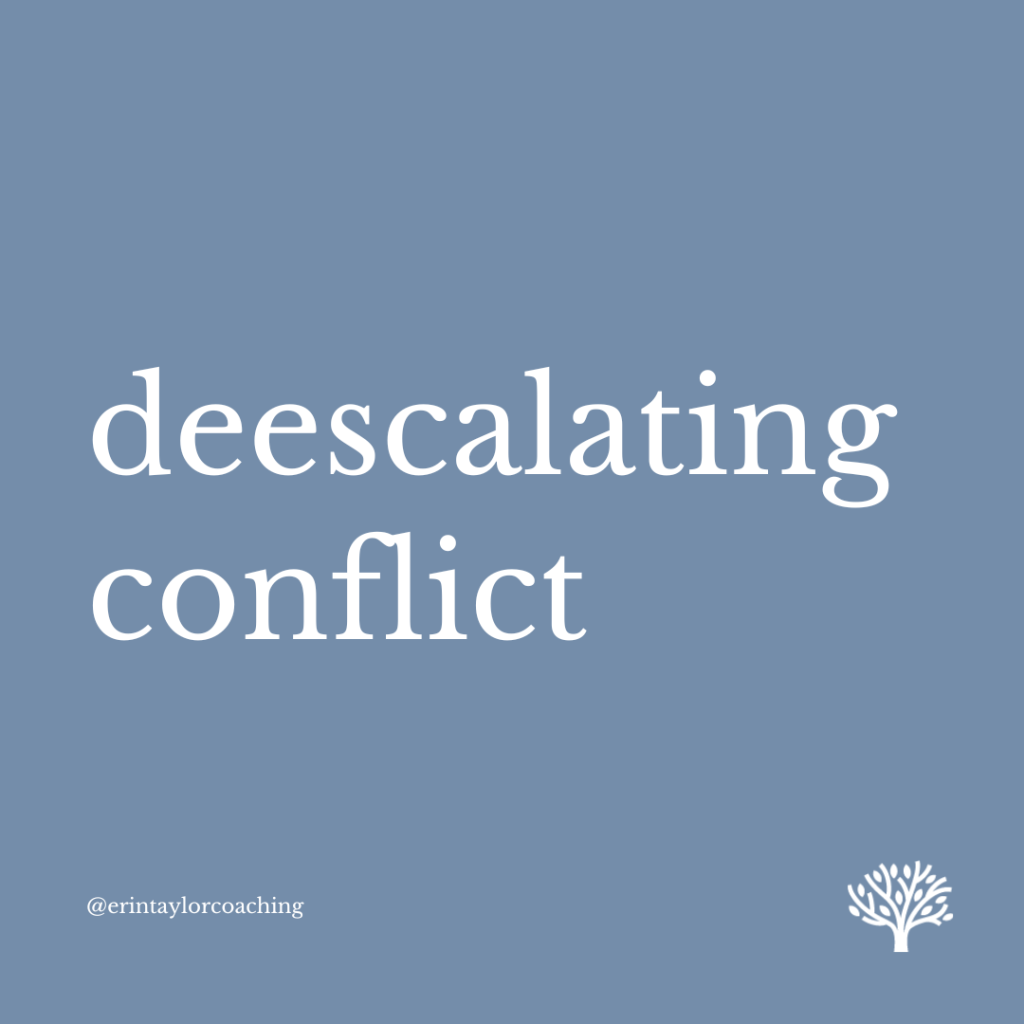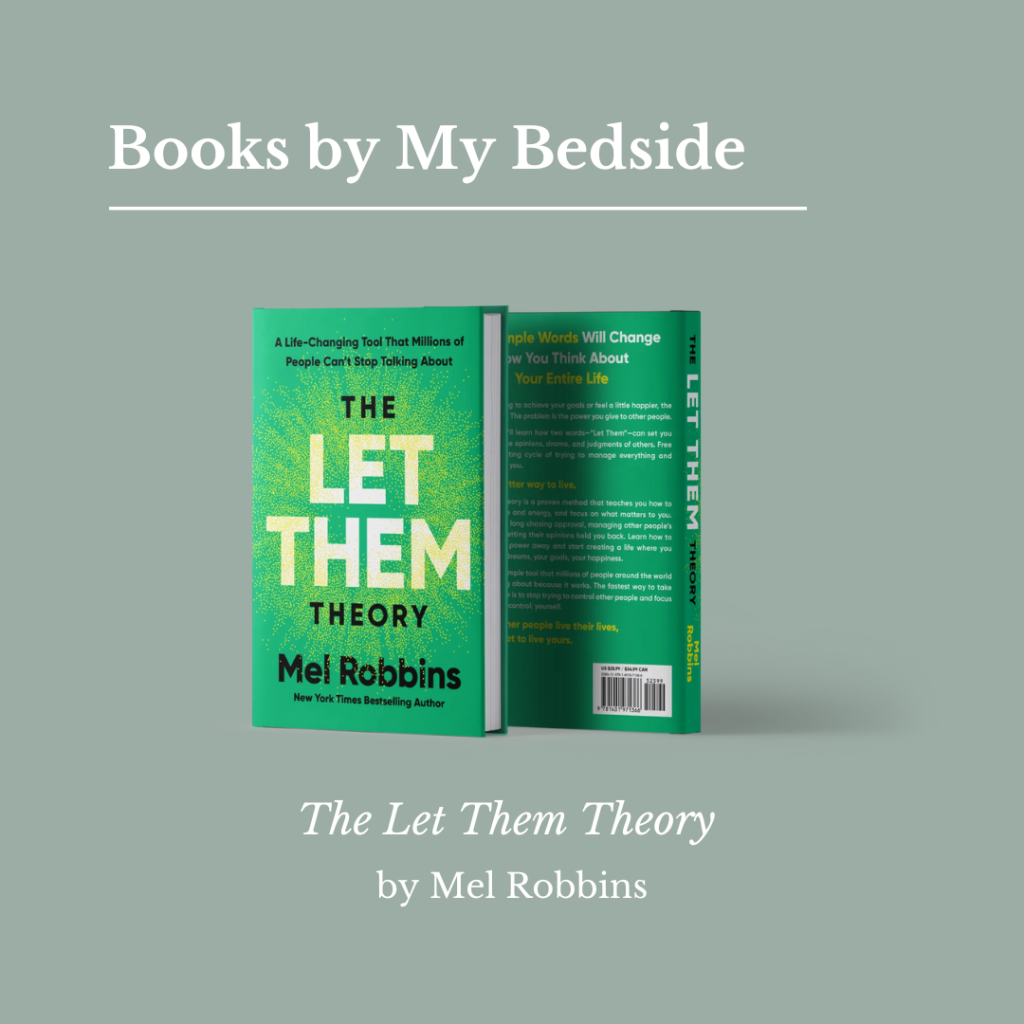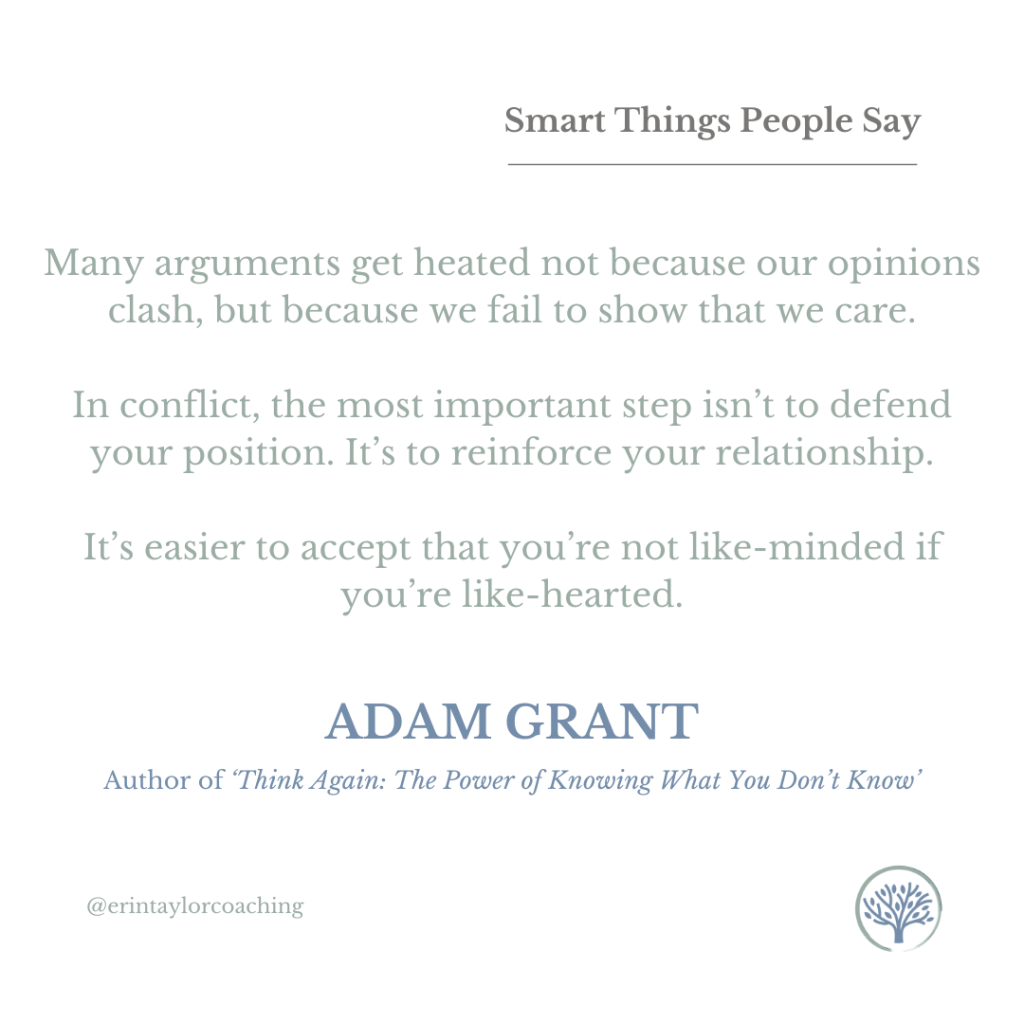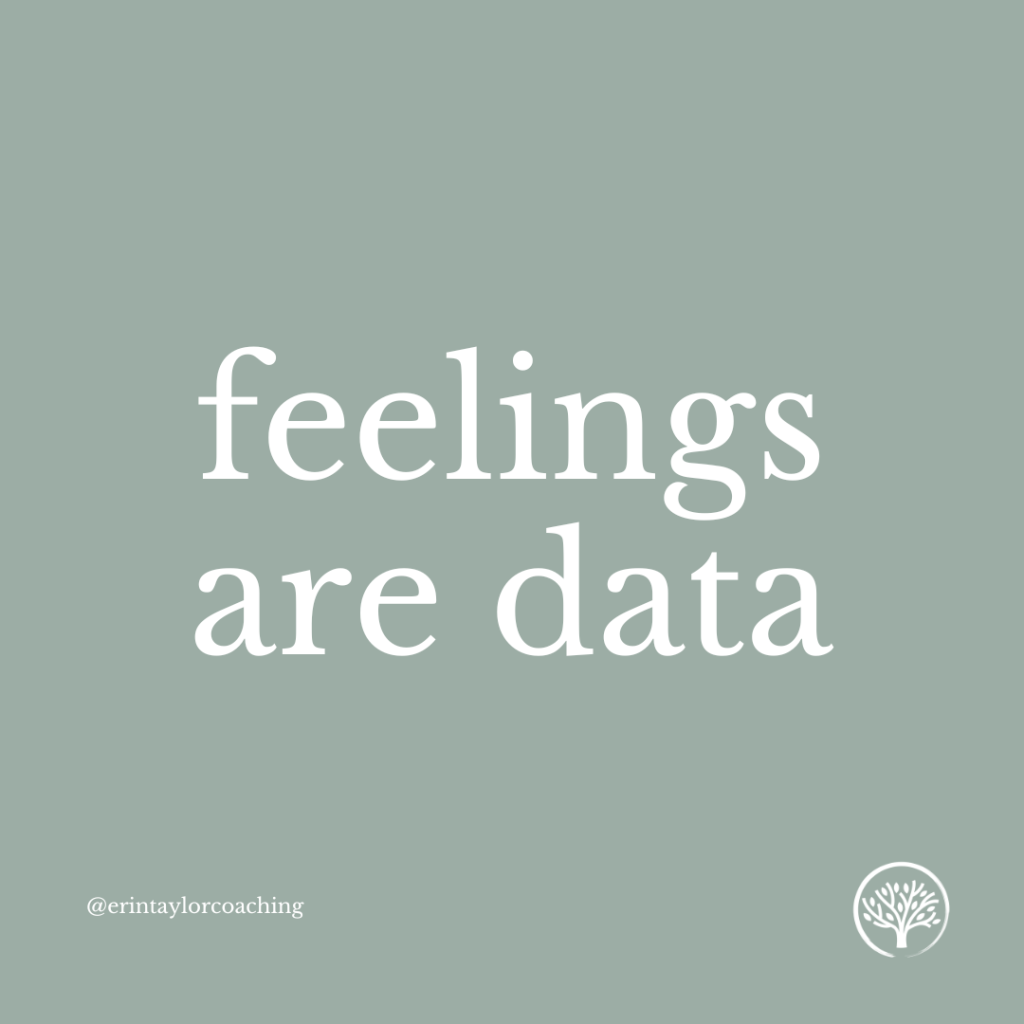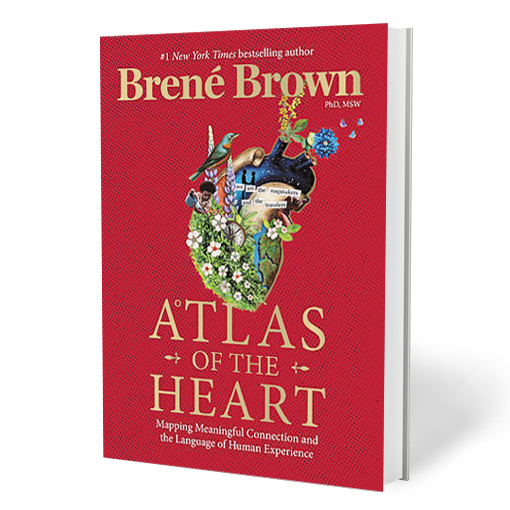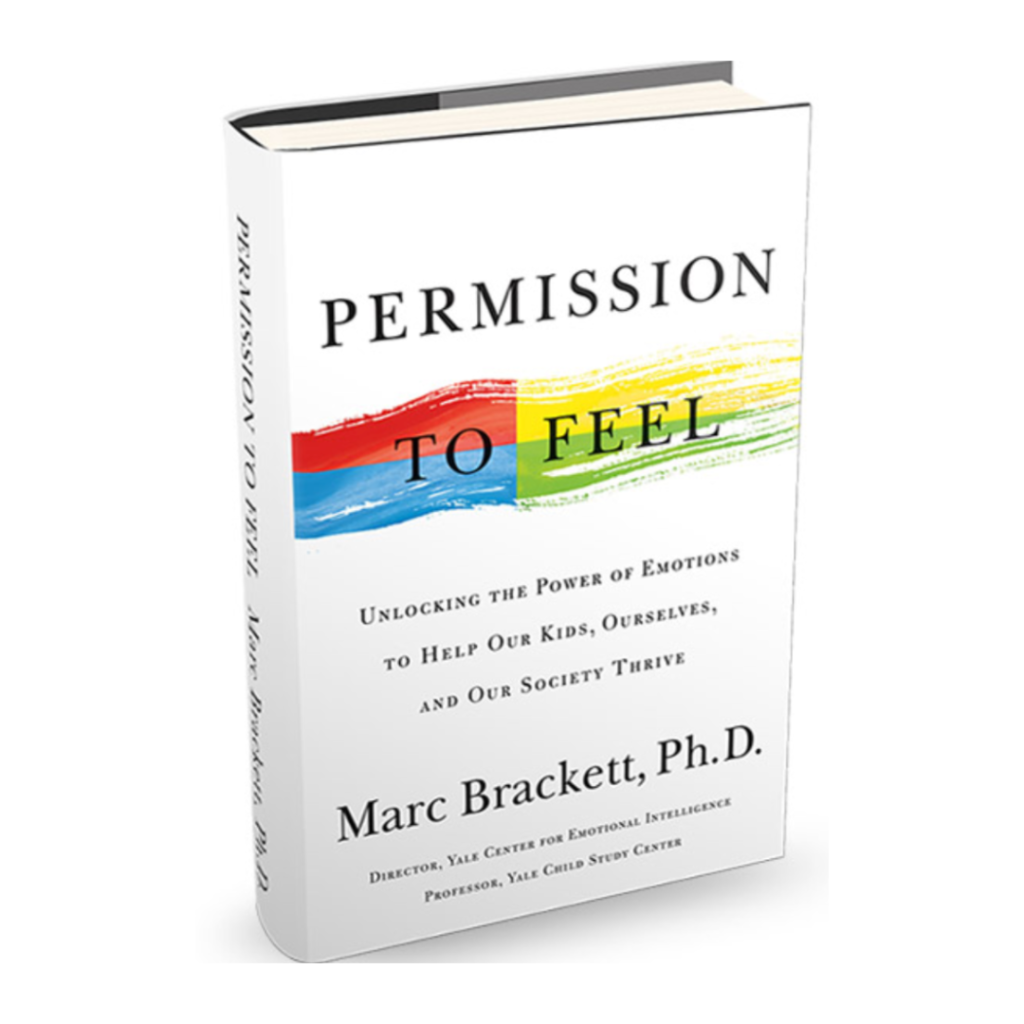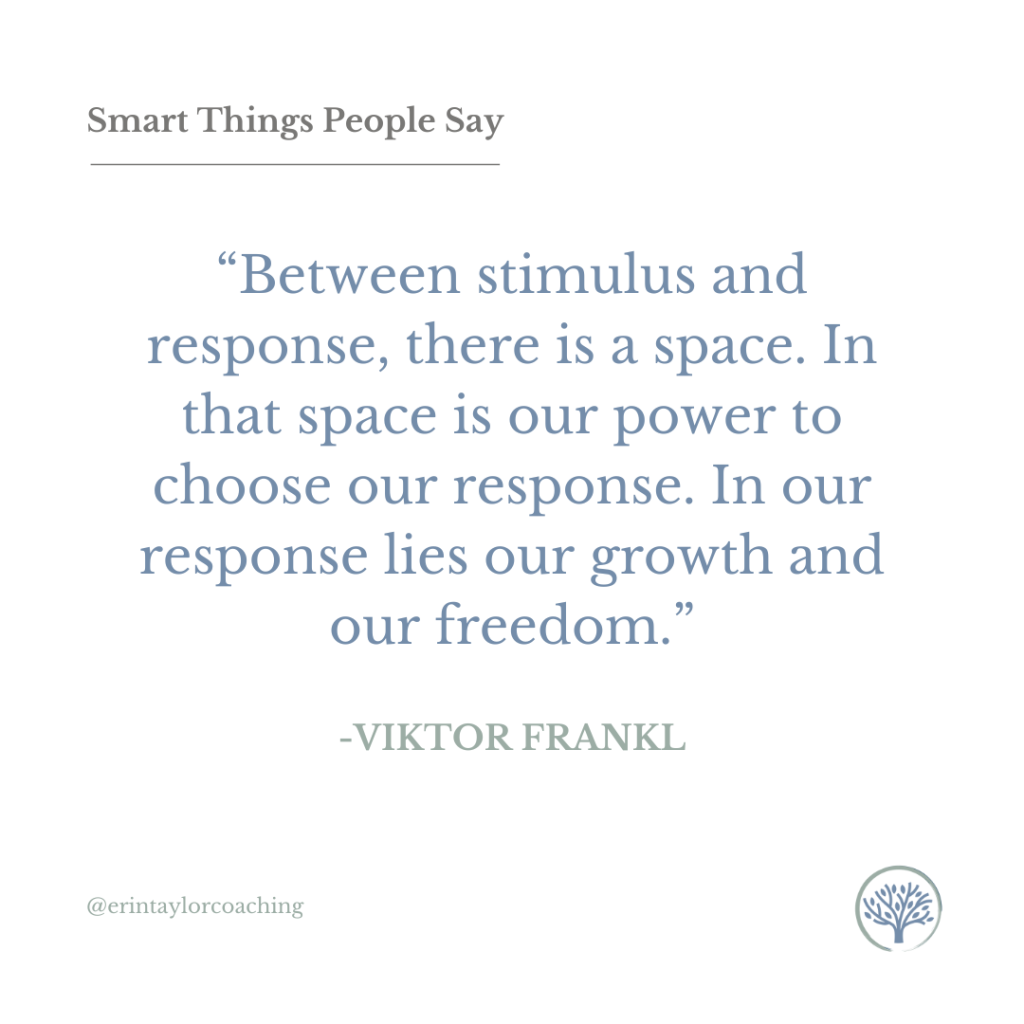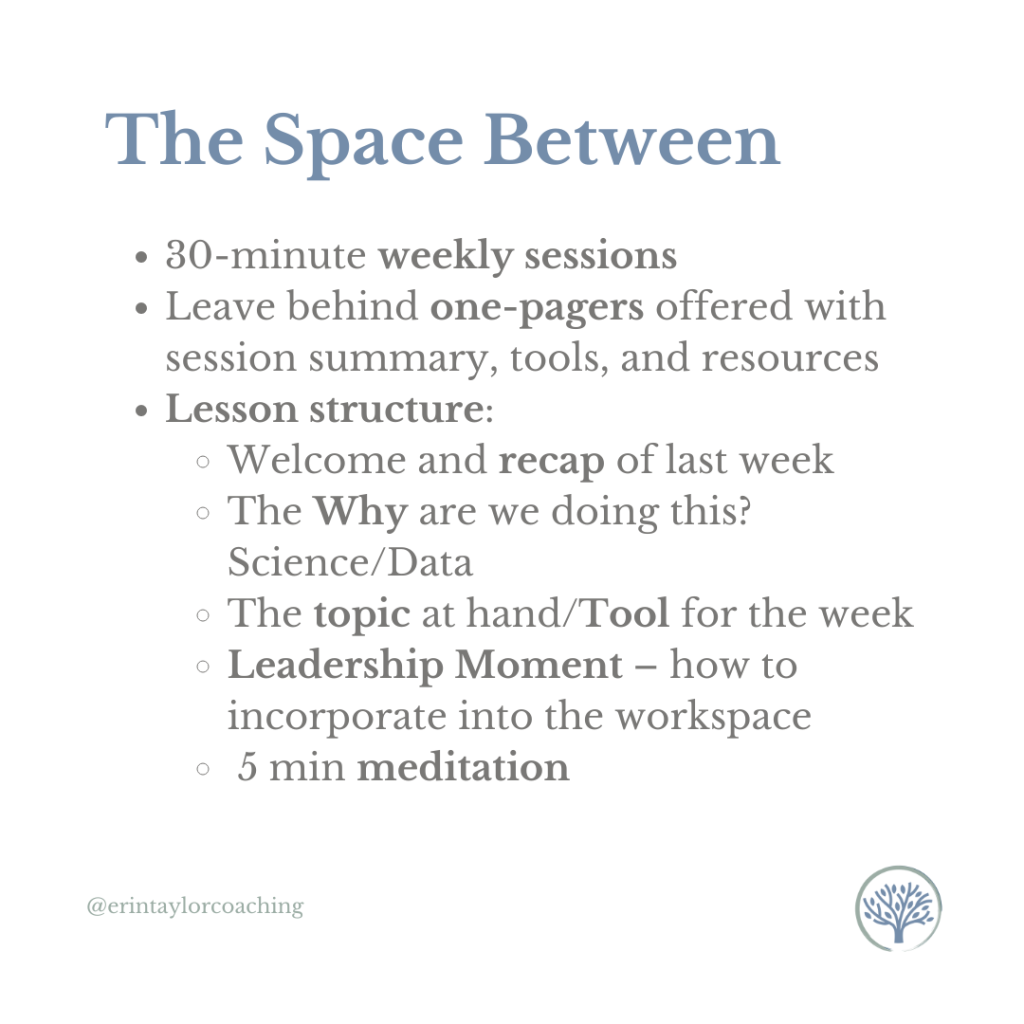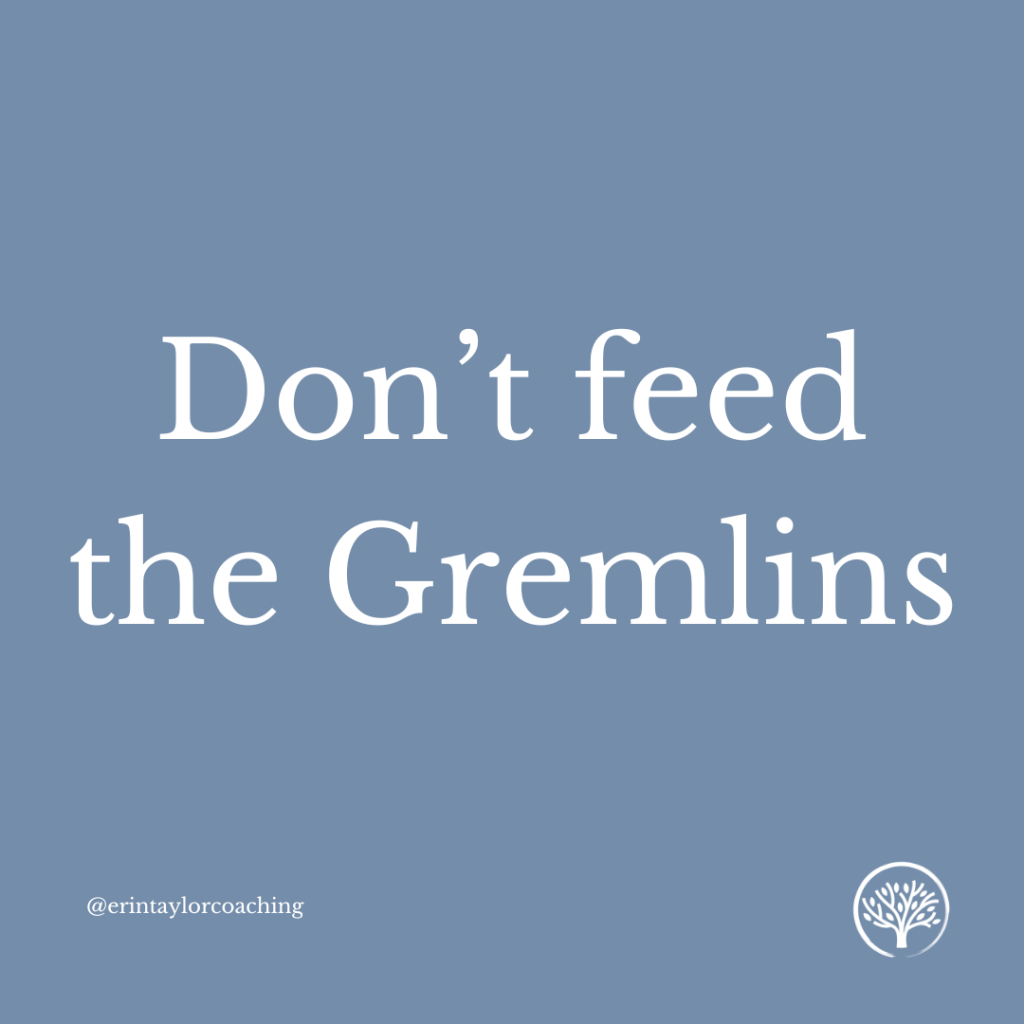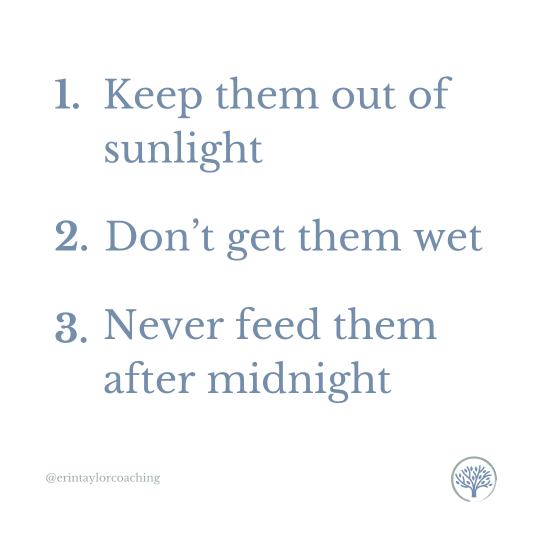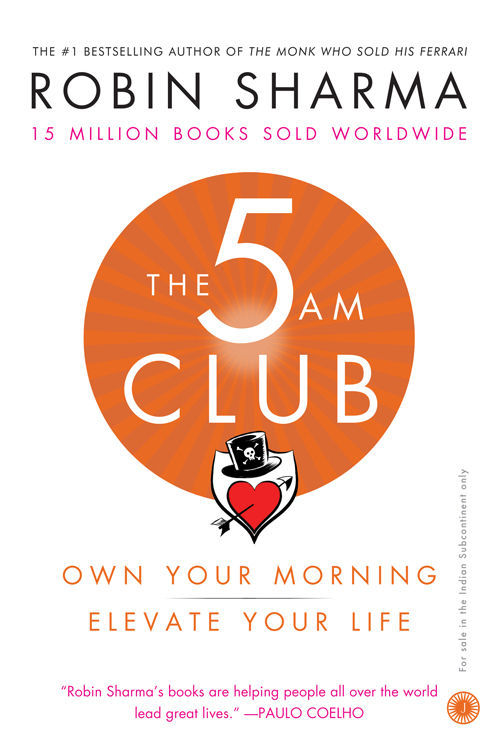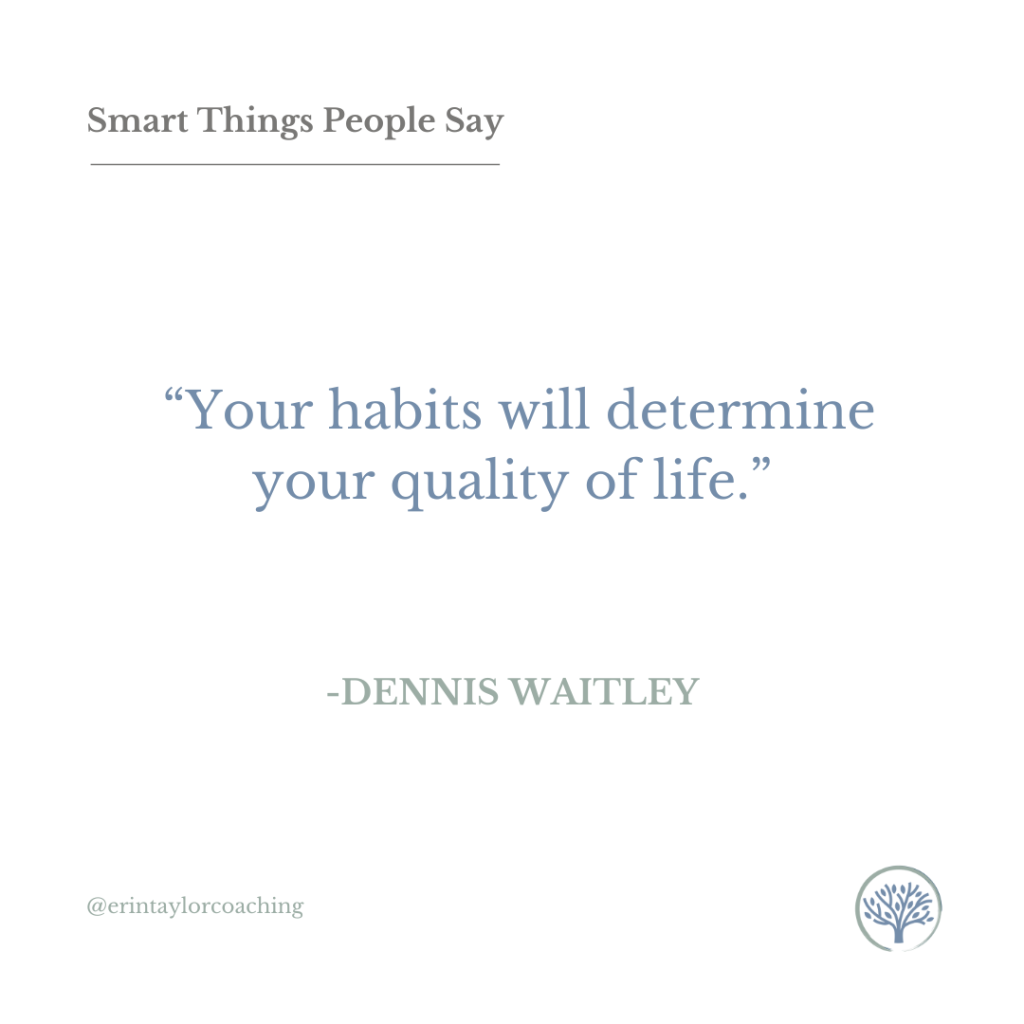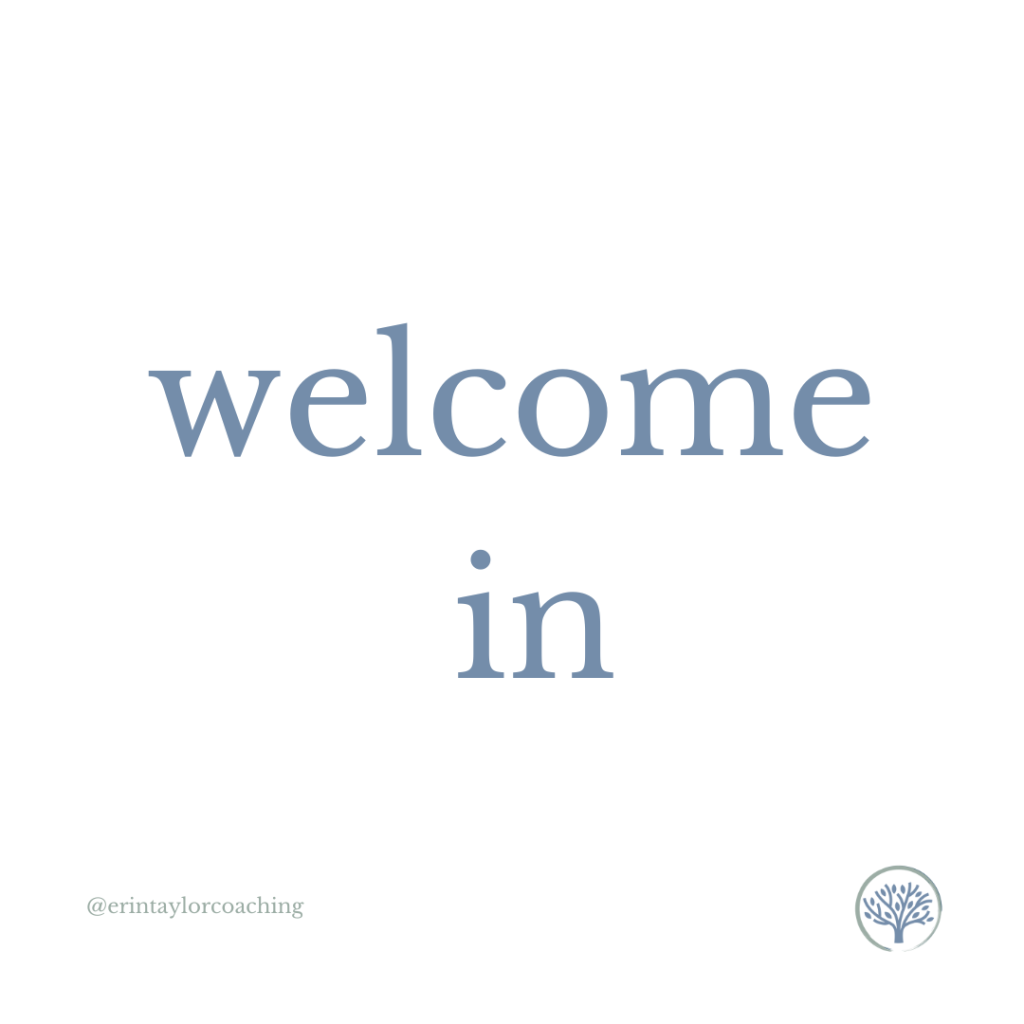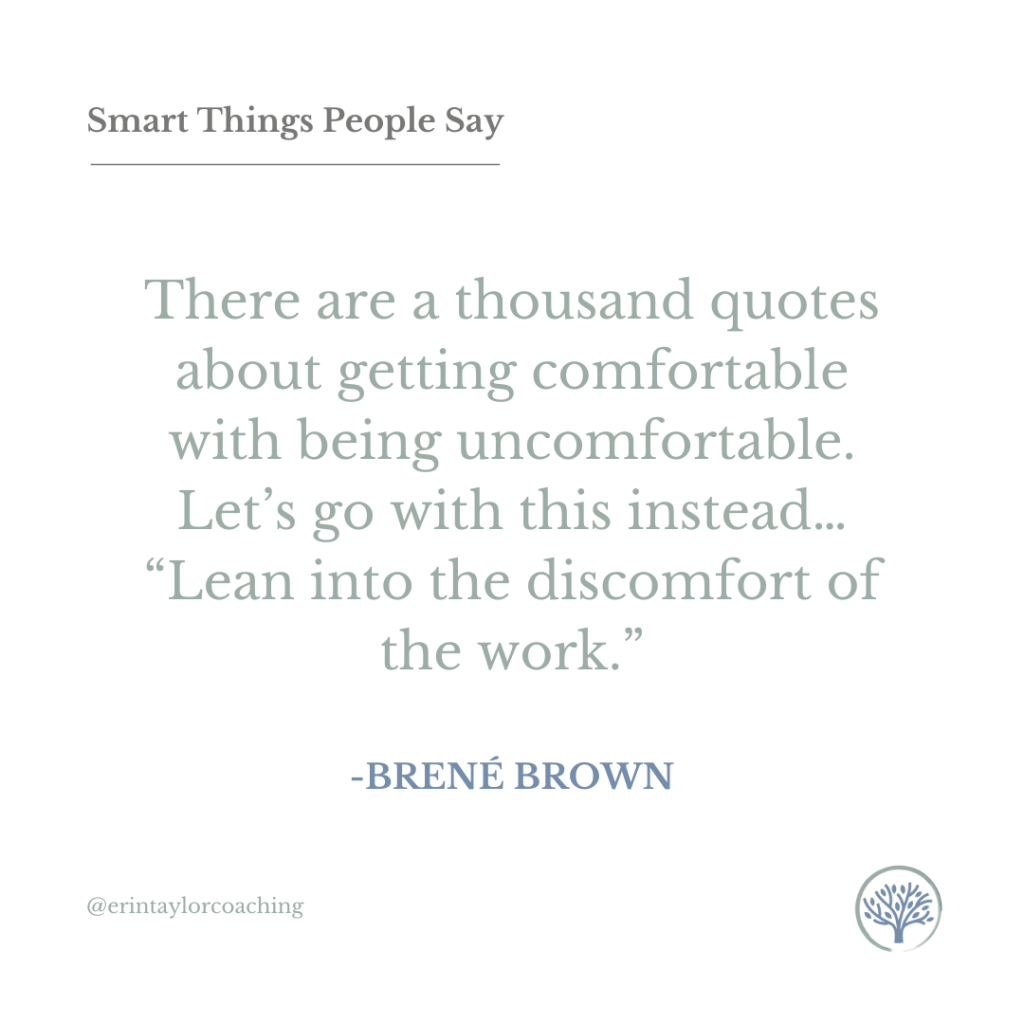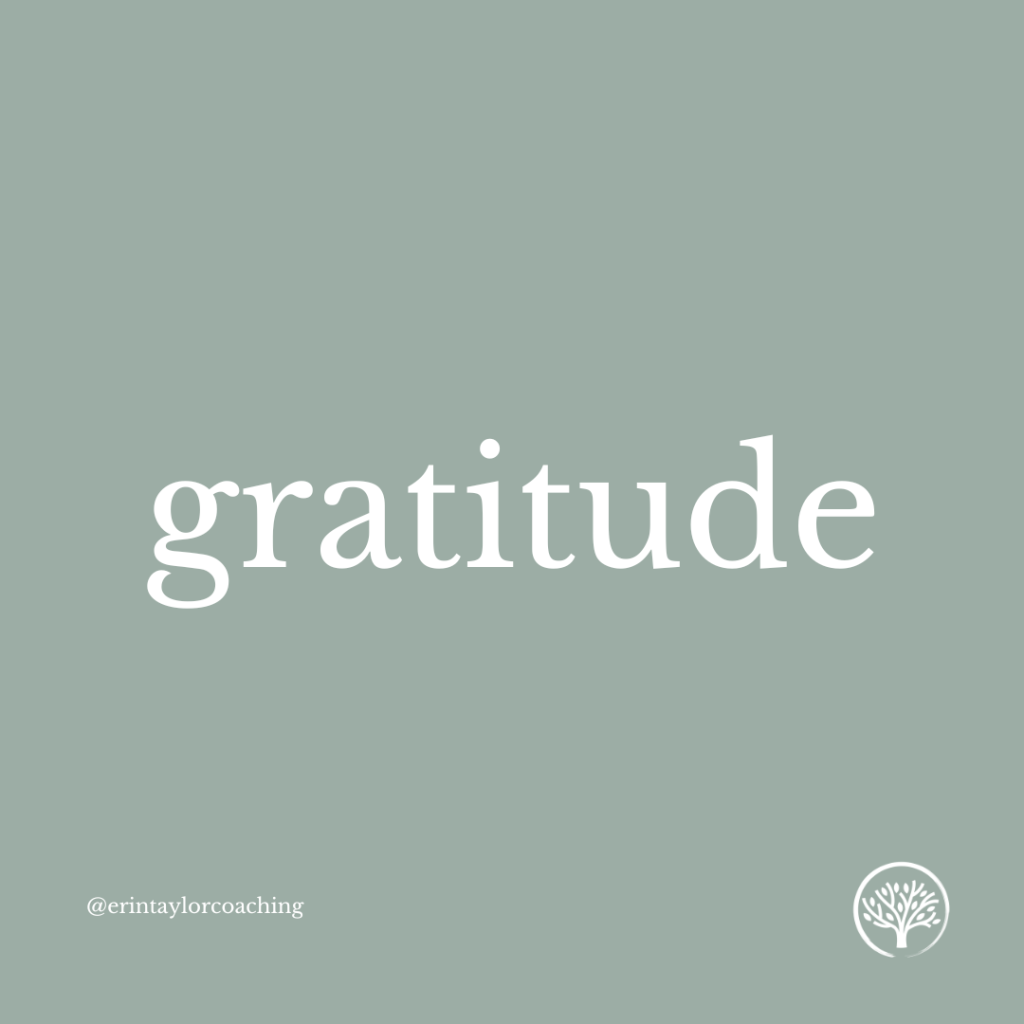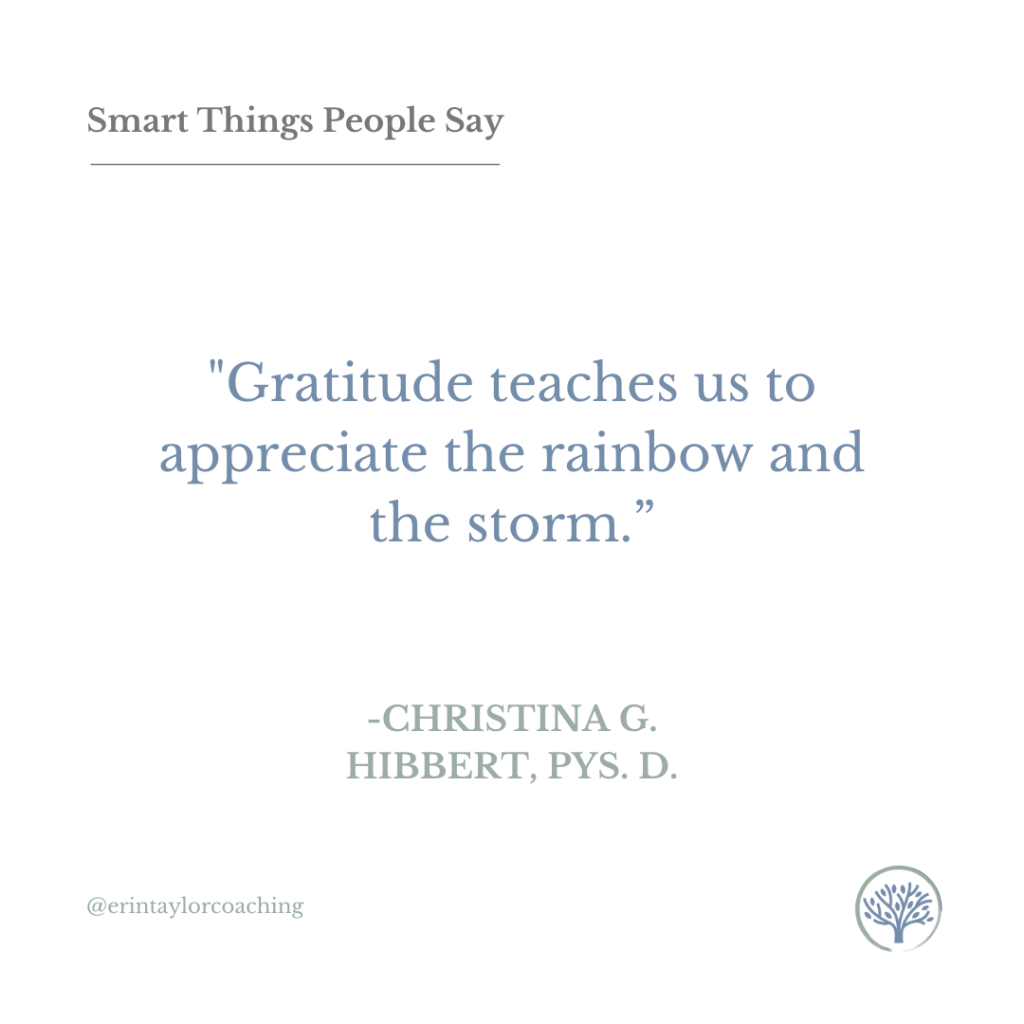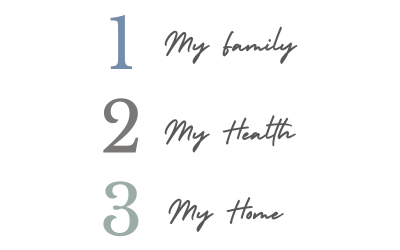
Last November, I told you how my family returns to a beloved tradition we call our “thankfuls.” It’s a simple ritual—colorful 2×8 inch cardstock, a few Sharpies, and a basket in the kitchen—but it anchors us in something profound: the practice of noticing and naming what we’re grateful for.
Throughout the month, we aim to jot down one thankful each day…ish. Some are lighthearted (hockey, dog walks, a no-wind day in Wyoming), while others reflect deeper appreciation for each other’s presence, humor, or quiet strength. On Thanksgiving, we read them aloud. We laugh. We cry. Sometimes the food gets cold. And somehow, even with the usual procrastination, the basket always fills.
After dinner, we link the thankfuls into a paper chain that wraps around our home for the holidays—a visible reminder of the love and gratitude we’ve shared. It’s colorful, sometimes sparkly, and always heartfelt.
This tradition isn’t just about November. It’s a yearly nudge to return to gratitude, to remember that even in the busiest seasons, we can pause and give thanks.
This year, my husband and I have added a new layer to our practice: each day, we tell one another something we appreciate about the other. It’s simple, intentional, and surprisingly powerful. Whether it’s a kind gesture, a moment of patience, or just showing up with a smile, naming our appreciation has deepened our connection and brought warmth to even the most ordinary days.
Whether you use cardstock or conversation, sticky notes or silent reflection, I invite you to join in this annual—and daily—practice. Let it be a reset, a reconnection, and a reminder that gratitude is always within reach.
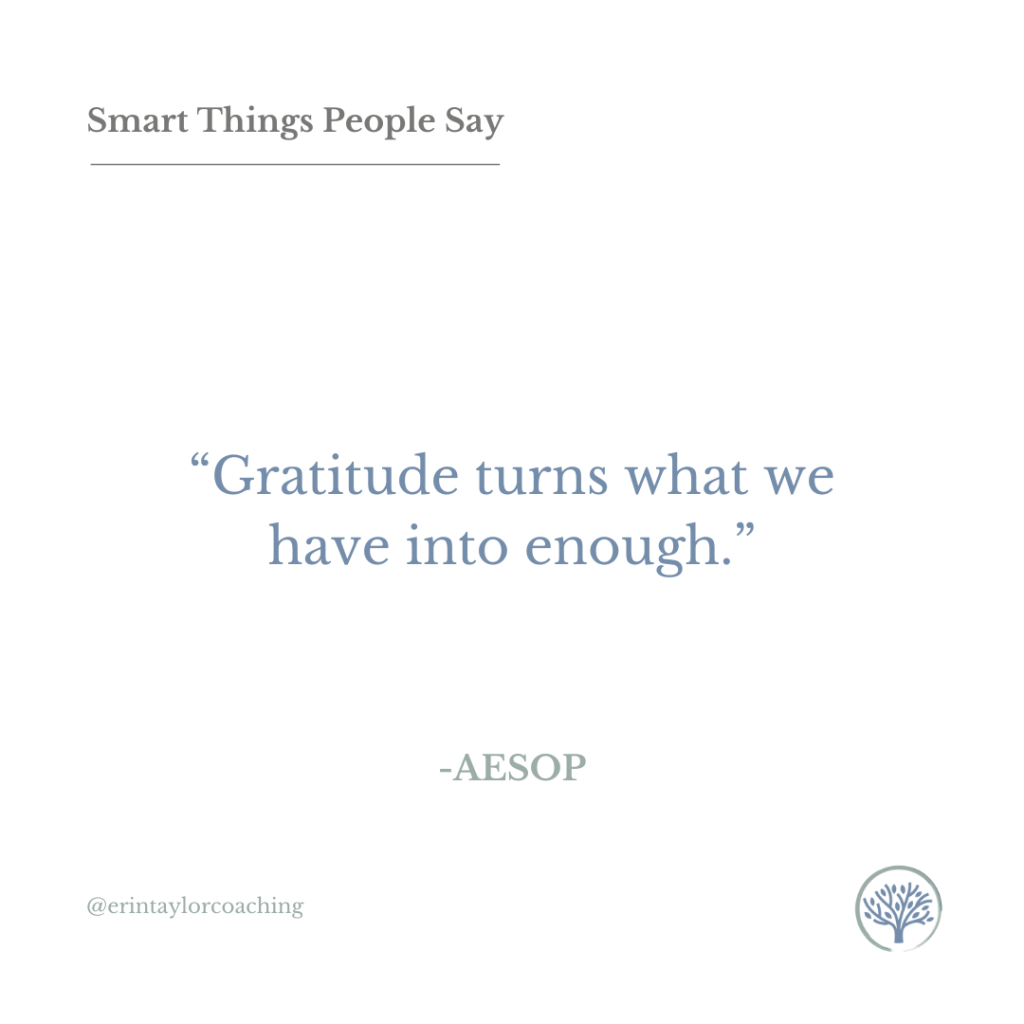
Mindful Moments: The Wake of Gratitude
The One-Line Journal 📝
Each evening, write a single sentence that begins with “Today I’m grateful for…”
This practice is intentionally brief, making it sustainable even on busy days. Over time, it becomes a powerful archive of small joys, meaningful moments, and personal growth.
Appreciation Exchange 💙
Invite a loved one, friend, or colleague to join you in a daily exchange: each person shares one thing they appreciate about the other. This can be spoken, texted, or written. It builds connection, strengthens relationships, and helps both people feel seen.
Gratitude Pause 🙏
Set a timer once a day to pause for 60 seconds. During that minute, take three deep breaths and mentally name three things you’re grateful for in that moment—no matter how small. This micro-practice trains your brain to notice goodness in real time and cultivates presence.

Erin Taylor Coach Offerings
As a certified leadership coach, I utilize an assortment of proven industry-recognized energy and leadership assessments including:
EQi 2.0-Emotional Intelligence Assessment – one of the most scientifically validated Emotional Intelligence instruments on the market today. The Hogan Assessment – a powerful tool designed to evaluate personality in the workplace, offering deep insights into leadership potential, interpersonal skills, and career development.
